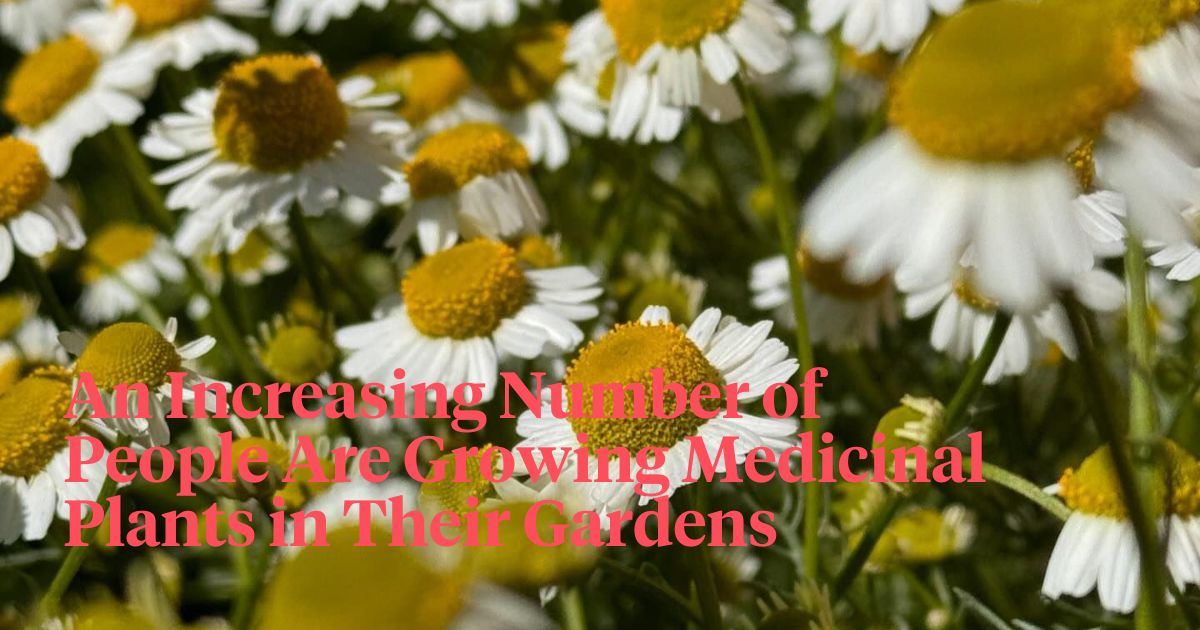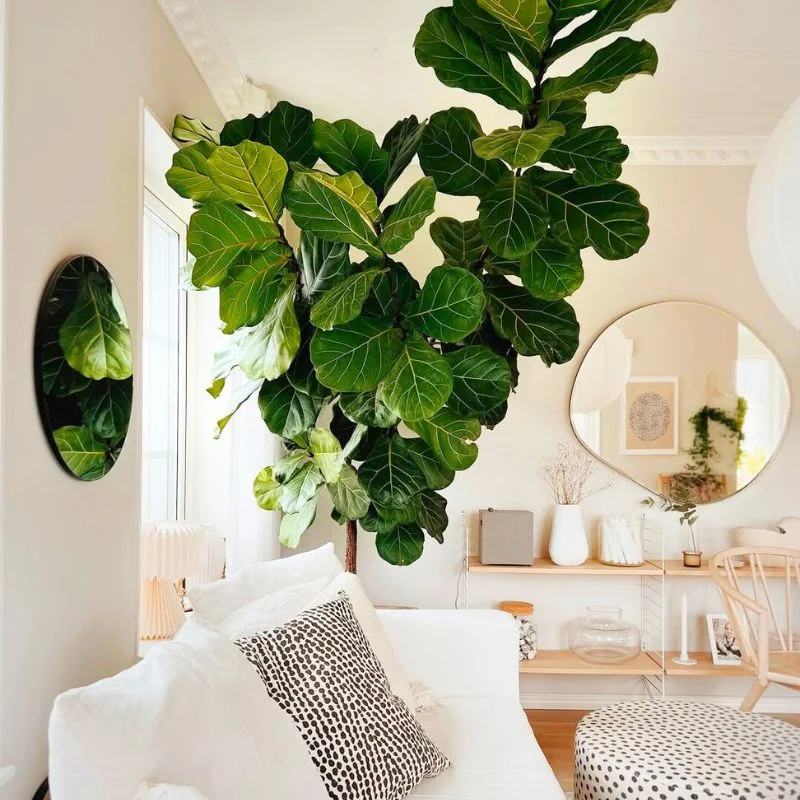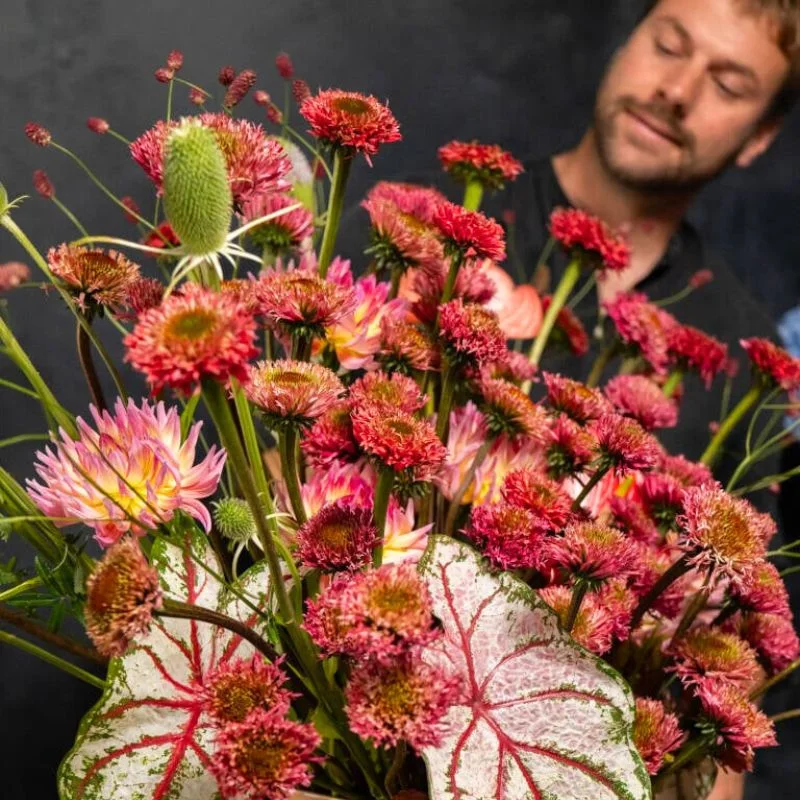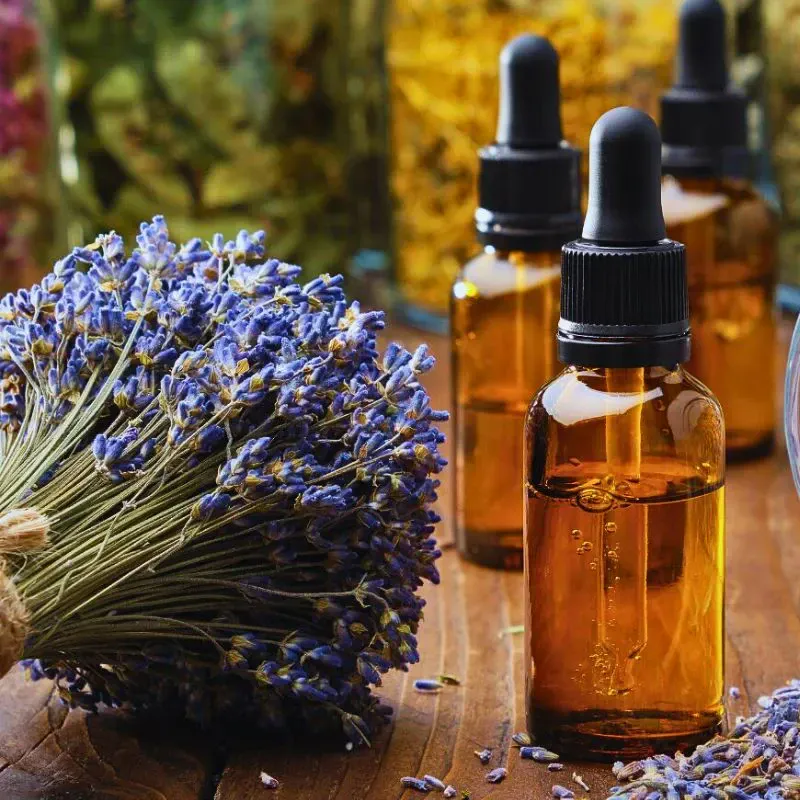The application of plants for healing and medical purposes may be dated back to the ancient civilizations and still today retains its importance in health and wellness An increasing number of people are growing medicinal plants in their gardens because of the growing interest in natural and environmentally friendly treatments. Besides, these plants provide easy access to home medications and at the same time, they improve the environment by their beauty and the diversity of their species. In this article, several plants that are famous for their medicinal properties are mentioned and instructions on how to grow these plants at home so that they might be of help to people are given.
Aloe Vera: The Burn Relief Plant:
"Aloe vera is a plant that is easy to grow and maintain in good condition, which is also used for treating minor burns and skin irritations", suggests Mark McShane, Digital PR Agency Owner, Cupid PR. "As it grows in soil with good drainage and receives moderate, indirect sunlight, aloe vera should be watered once and then left to dry out between the waters. The calming gel that is in the leaves of the plant can be the instant cure for burns when it is applied to the skin and it can also be used for skin treatments that are hydrating" he adds.

Calendula: The Skin Healer:
Calendula has been well-known for its healing properties, especially when it comes to skincare, and hence has been popularized. The best place for the planting of it is somewhere that is either full sun to partial shade or cooler regions because it easily grows in those places as it thrives there. From time to time you will see more blooms as you will be doing deadheading. The flowers can be used for the healing of wounds, burns, and rashes because of the anti-inflammatory and antibacterial qualities of the flowers, thus they can be infused with oil or used in lotions.

Chamomile: Nature’s Sedative:
"The soothing effects of chamomile are very well known, especially about its role in helping to achieve relaxation and sleep. It requires only basic care and is to be grown in garden beds or containers. Chamomile flowers should be repeatedly harvested to have a constant flowering during the growing season" says, Windy Ko, HARO links specialist at HARO Link Building. He adds, "Throughout the year, these flowers can be used as a moderate stress and anxiety treatment, which has been dried and saved for tea, infusions, or even bath products. A nice way to relieve stress tension and anxiety."
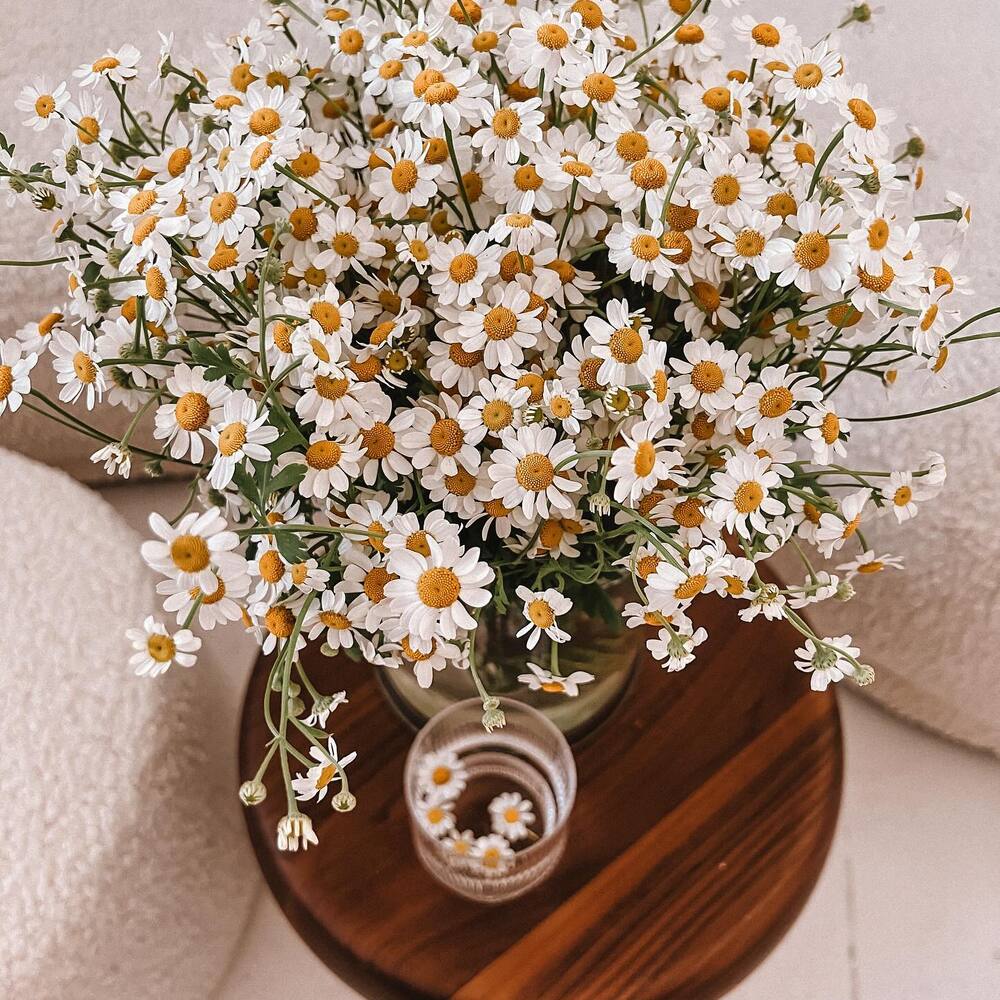
Lemon Balm: The Mood Enhancer:
Apart from pollinators attraction, lemon balm, which is a fragrant herb, also has significant benefits for mood improvement. It is most successful when grown in soil that is rich in nutrients, has good drainage, and is partly shaded so that it can be protected from the sun during the middle of the day. The regular pruning of a lemon tree prevents the shrinking of its branches and thus, maintains its bushy look. The leaves can be used to prepare a pleasant tea that will be able to reduce tension, anxiety, and sleeplessness. Besides, they can be combined with desserts to provide a mildly lemony taste.

Peppermint: The Stomach Soother:
"The fact that it is a very strong plant makes peppermint capable of becoming a nuisance if it is not controlled. It is perfectly positioned in a slightly shady place and has wet soil. The leaf harvesting at regular intervals not only helps plant growth but also provides a fresh supply of leaves for use in both culinary and medicinal fields", asserts, Lisa Ockinga, Chief Product Officer at Ling. "Irritable bowel syndrome symptoms are soothed and stomach aches can be relieved with the help of peppermint leaves. Both the fresh and the dried leaves are used to make the teas, and they can also be used as a savory ingredient in recipes" she adds.

Lavender: The Stress Reliever:
"The most emotionally appealing and beautiful lavender makes it the main ingredient of every effective medical garden. Thus, due to its low water needs and the fact that it can be successfully grown in warm and sunny environments, it is a great choice for rock gardens or as a border plant" shares, Ben Flynn, Marketing Manager at 88Vape. The flowers of lavender can be picked and used for the production of essential oils, sachets, and herbal medicines which in turn can help in one's relaxation, decreasing anxiety and the quality of sleep.

Ginger: The Anti-inflammatory Root:
"Patience is a key factor to be considered when you are growing ginger at home since it is a process that needs the plant to mature in eight to ten months. The best conditions for its growth are the sheltered places that are free from direct sunshine and the soil that is always moist and rich" adds, Sasha Quail, Business Development Manager of Claims UK. When the ginger root has reached the stage of full maturity, it can be picked and taken to reduce the feeling of nausea, provide relief from inflammation, and improve digestion. Fresh ginger has a variety of uses, such as the way a poultice is made, cooking with it, or the tea that is made out of it.

Echinacea: The Immunity Booster:
It is common knowledge that echinacea can boost the immune system and is especially helpful in resisting and reducing the symptoms of colds and the flu. According to Gerrid Smith, Chief Marketing Officer at Joy Organics, "Despite being a full-sun plant, this perennial can also live in partial shade sometimes. It is drought-resistant soon after it has been established so it is a choice that needs little maintenance for any medical garden. The boosted immune system can be obtained by the way of teas and tinctures which consist of the leaves, flowers, and roots of the plant."

Turmeric: The Natural Healer:
The reason turmeric has such therapeutic properties is the main constituent called curcumin. Simultaneously, curcumin is responsible for its anti-inflammatory and antioxidant qualities as well as its antibacterial effects. Turmeric is respected widely for its usefulness both in delicacies of cuisine and in medicine. To have successful turmeric at home, let the rhizomes be planted in soil that has perfect drainage, high nutritional content, and has warm humid atmosphere. Sunlight for them should be partly covered by roots. The water supply must be to plants constantly. But they should be avoided over-watering. At this period, it happens between seven to ten months after planting that the roots are finally harvested so that the leaves and stems of the plant have started turning brown and yellow. Turmeric may be added as fresh rhizome, ground into powder, or powdered. It is a wonderful ingredient for the making or use in drinks, as a food seasoning to increase flavor and health benefits, and even when applied topically as a means of relieving inflammation.
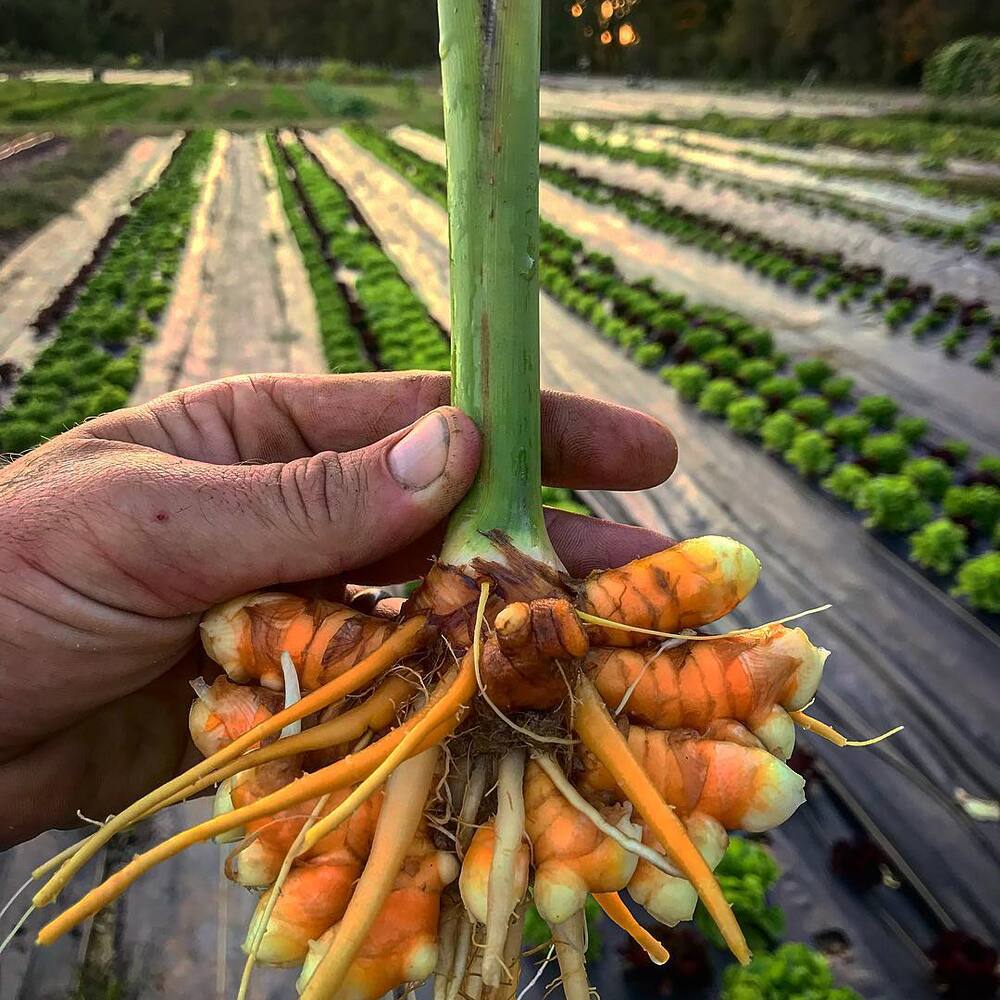
Basil: The Versatile Herb:
Holy basil (Tulsi) is the most prized variation in many countries so much so that rumors are saying it can cure pains. This plant's adaptogenic nature is the essence that helps the body counteract stress and upholds mental equilibrium. Warm and pleasant weather is what basil loves the most, and it does well when full sun is available to it. Some shade, although Basil does not like it so much, could be accommodated. It needs wet, but it should not be soaked. These conditions can be achieved by proper water and water drainage. Basil therapy has the advantage that it can aid people with respiratory problems, help with stress and anxiety relief, and is also good for oral health. When it's freshly cooked, in your kitchen dishes, you can use it as a flavor enhancer. Besides that, you can relax with a cup of tea made of it. Moreover, it can be used topically on the skin as an anti-inflammatory.
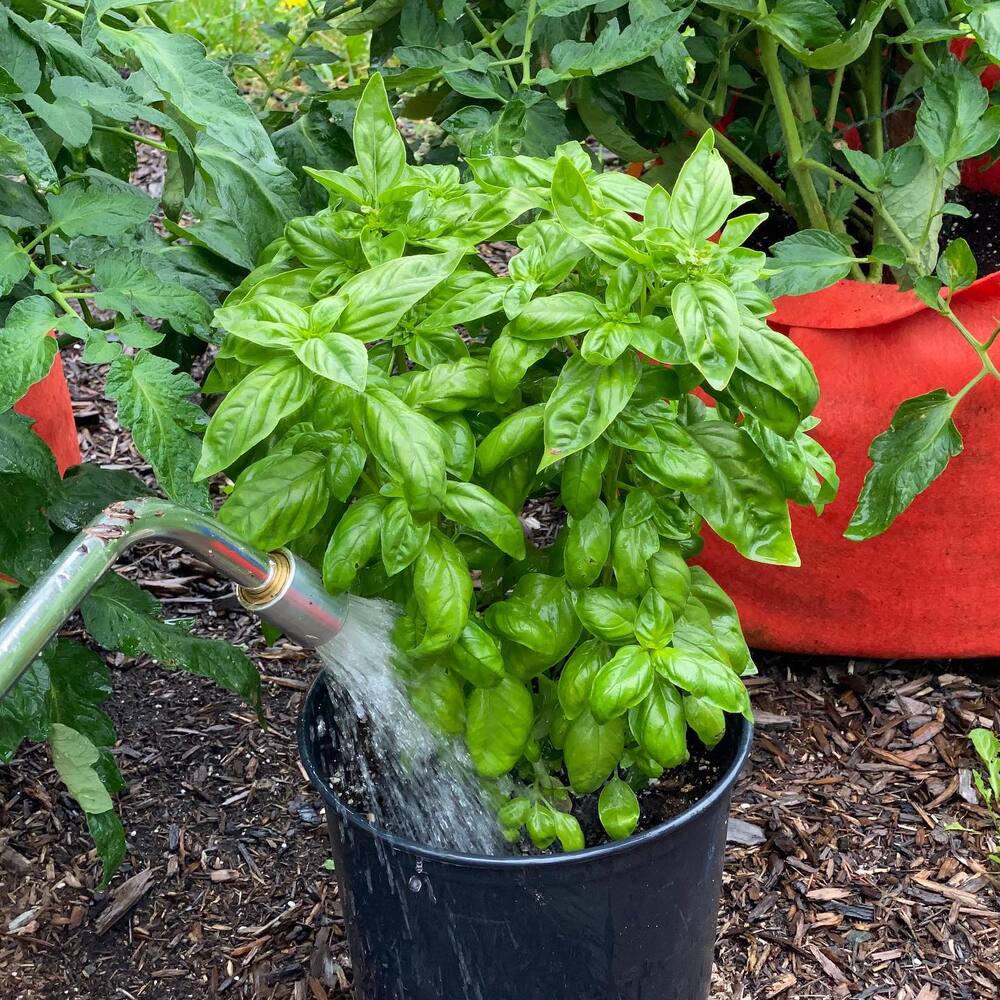
Rosemary: The Cognitive Booster:
Those who want to stay healthy like rosemary in their kitchens and also in their medicine cabinets, because the ability to concentrate and recall information is attributed to its sweet-smelling leaves. This grows in alkaline soils with good drainage and benefits from full sunshine. Because rosemary is drought-resistant after it has weather hardened, it needs a low level of maintenance From memory, concentration capacity, and the entire organism of the brain can be enhanced through the process of harnessing it. The leaves can be consumed raw or dried and traditionally have found uses for their aromatic oils for mental stimulation helping to lift mood disorders. There you have it: from sensing and analyzing to steering and alerting, these are its functions. Besides, asked antioxidants which naturally present in rosemary contribute to strengthening the immune system and stimulating health circulation.
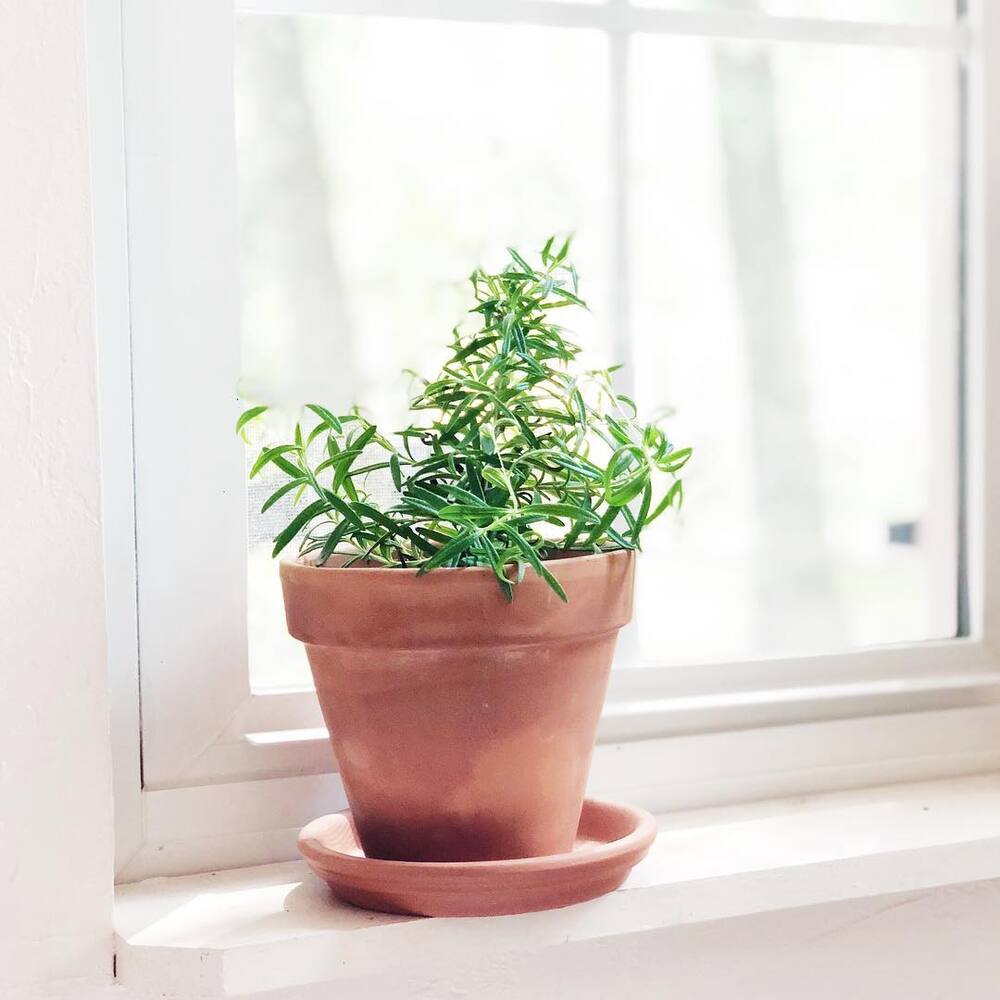
Thyme: The Respiratory Reliever:
The antibacterial and antifungal properties that thyme contains make it a perfect herb for treatments of cold and flu. It is another herb that can handle dry weather conditions and thrives in locations with full sun and drained soil once it becomes well-established. Thyme when soaked in tea or applied as an essential oil is very useful in healing coughs, colds, and stuffed noses. Park and ride schemes are also important in reducing the burden on the road network. Whether one takes the herb when it is needed or dries and preserves it for later, people who live in the wilderness have an option to gather their needed herb and use it fresh. Thyme oil is added to different types of sanitizers which homemakers can make. They possess antibacterial properties.
Conclusion:
The creation of a garden where medicinal plants are cultivated, not only gives one a useful resource for his/her health but also, at the same time, strengthens one's feeling towards the natural world. Every single plant that has been brought up gives its special collection of benefits, and gardening is always the most enjoyable and satisfying activity. The more you give attention to these plants, the more they will give you back, by providing you with natural remedies that will enable you to attain the ultimate well-being and a healthier lifestyle.

